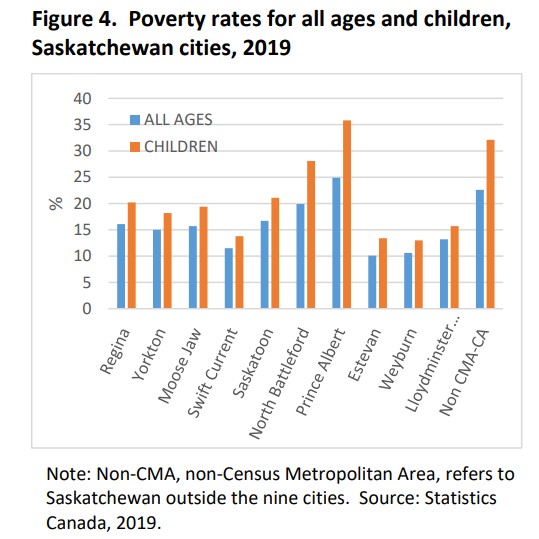
27 per cent of Sask. children living in poverty
The increased cost of living is leading to an increased number of children living below the poverty line with a significant number of those in Saskatchewan and even more the further north it goes.
Miguel Sanchez, who is based out of Regina and is part of the Campaign to End Child and Family Poverty, said the increase is alarming and the group he is part of has noted a large increase recently.
“In Saskatchewan, we have an additional 75,970 children becoming poorer,” he said.
That equals to about 27 per cent and when the same guidelines are applied to Indigenous reservations, it is even higher.



